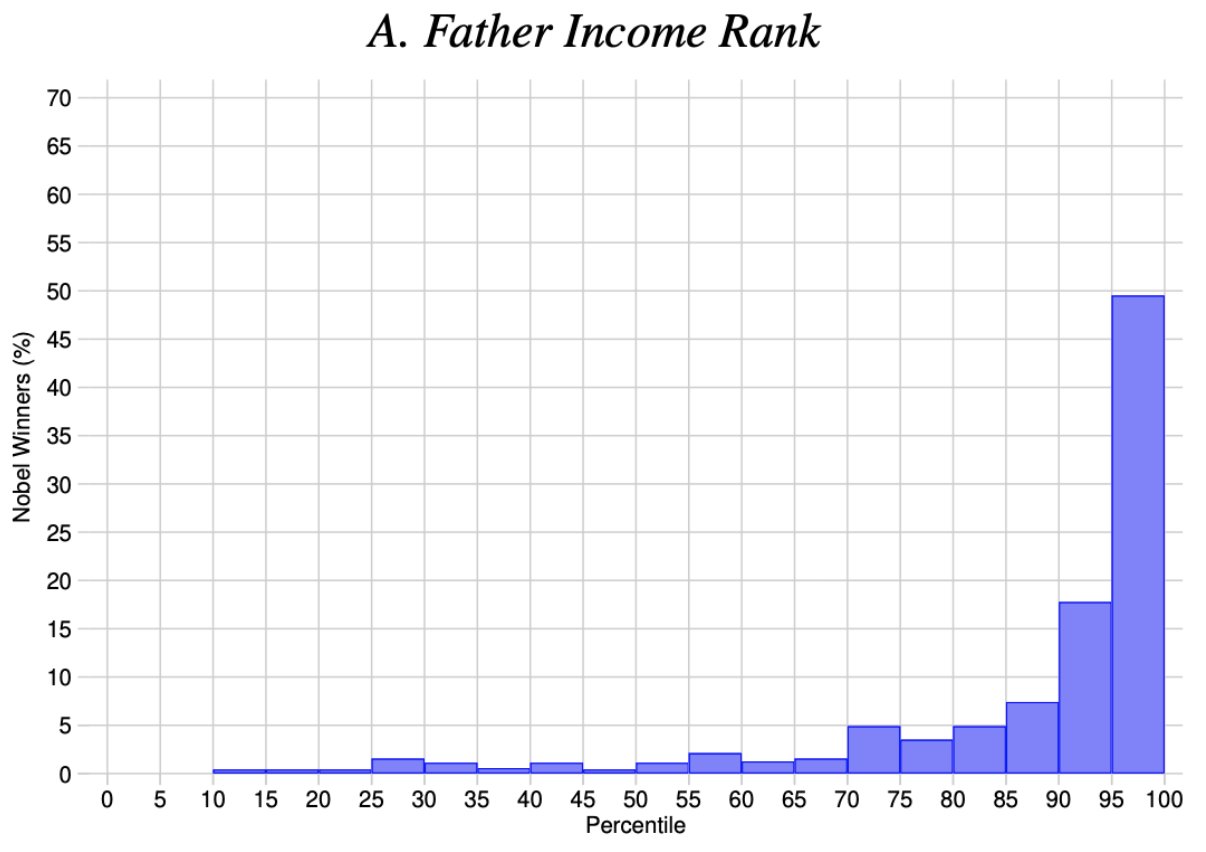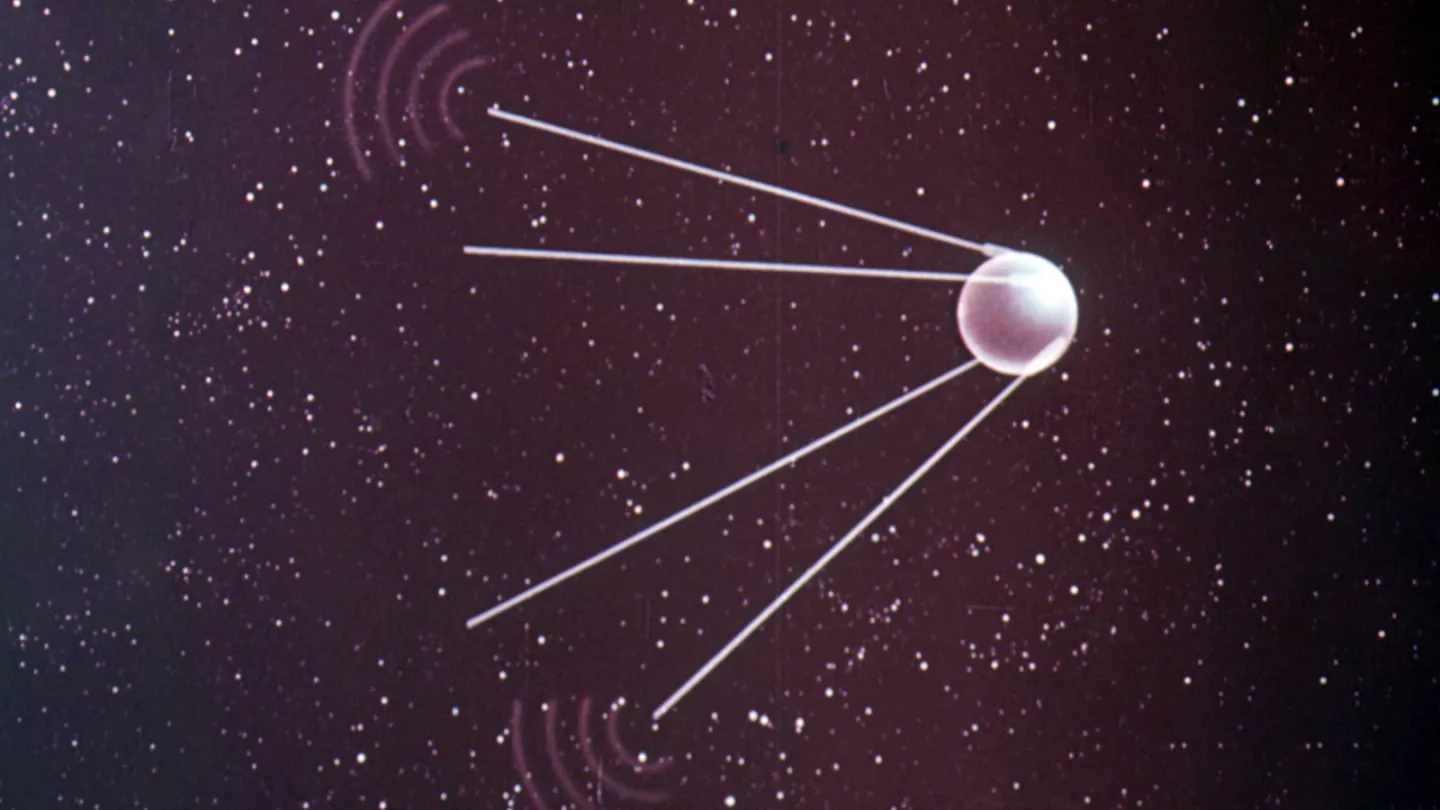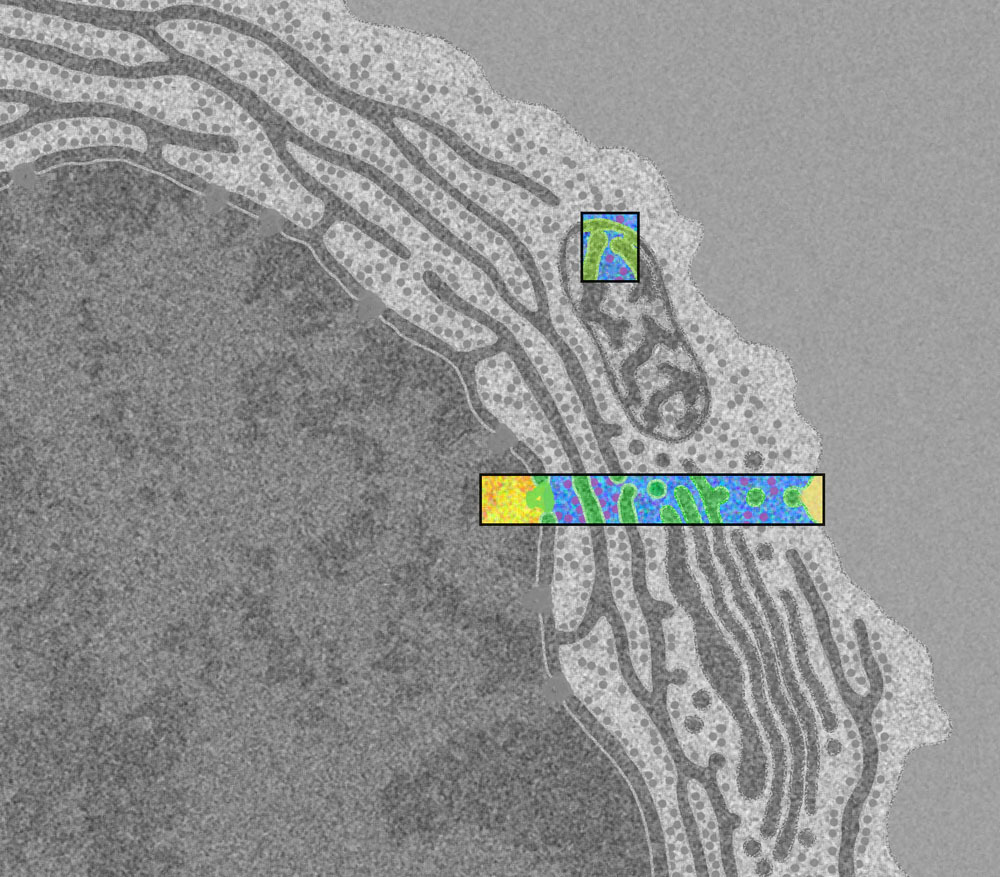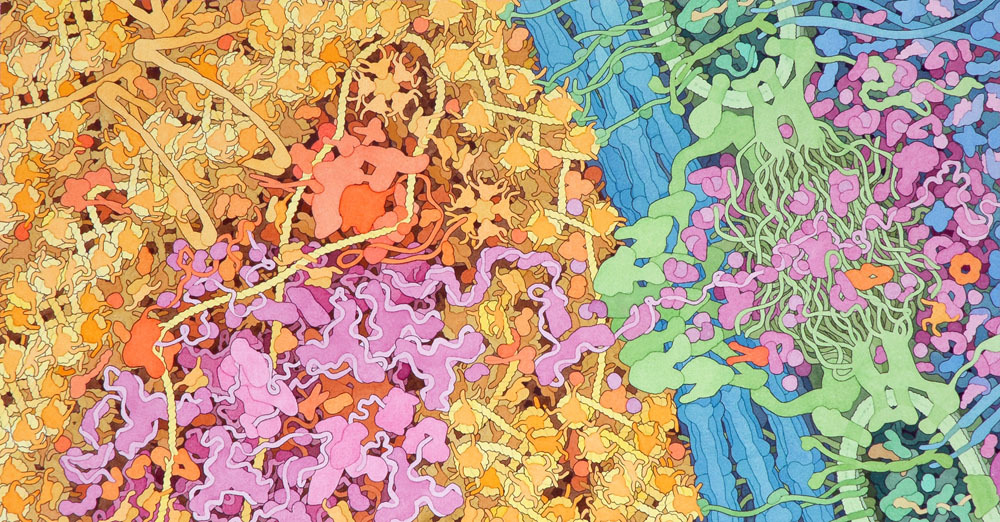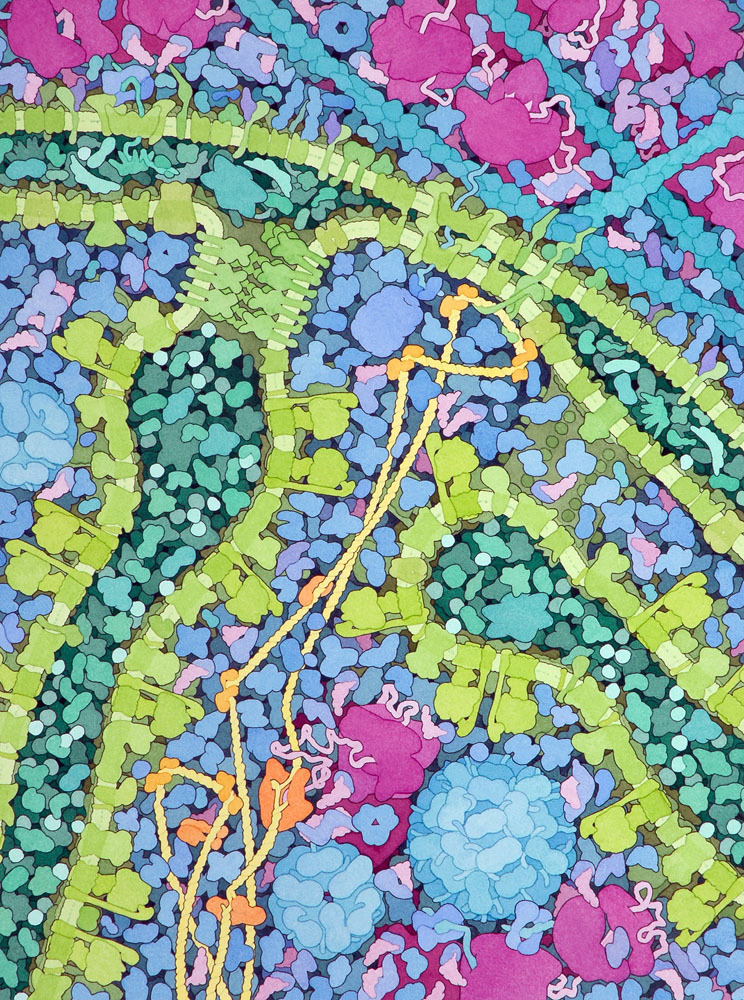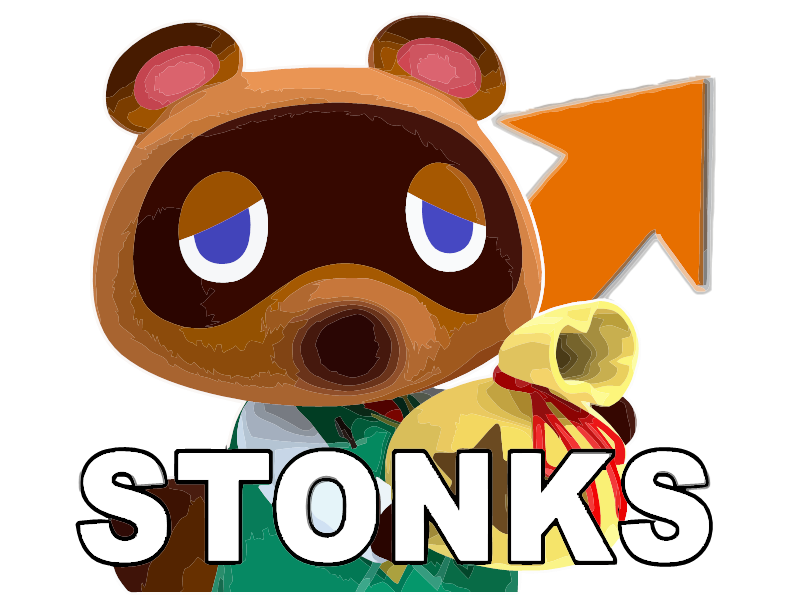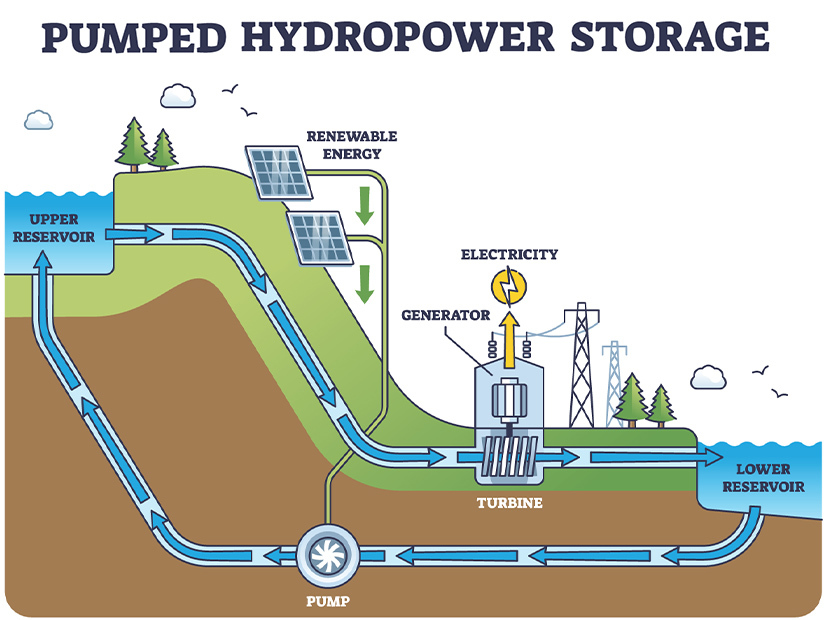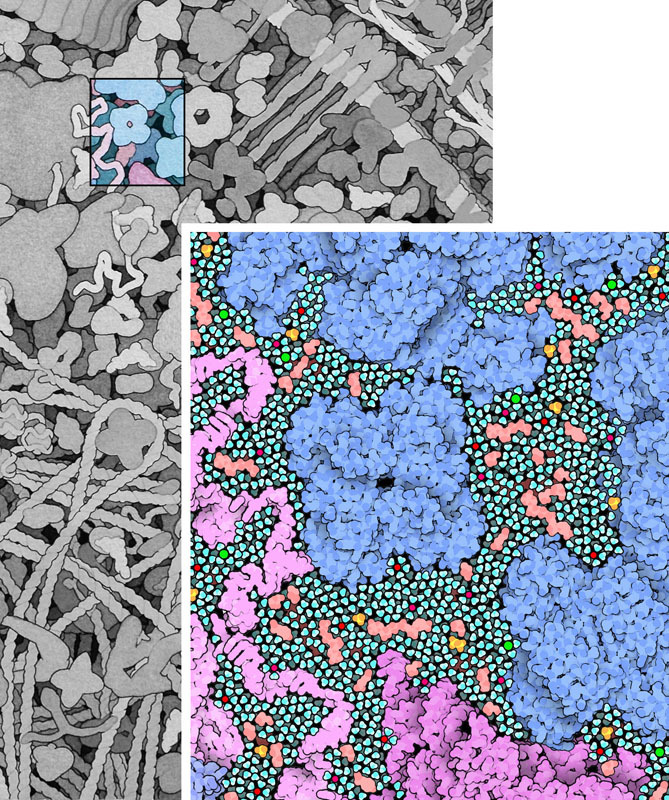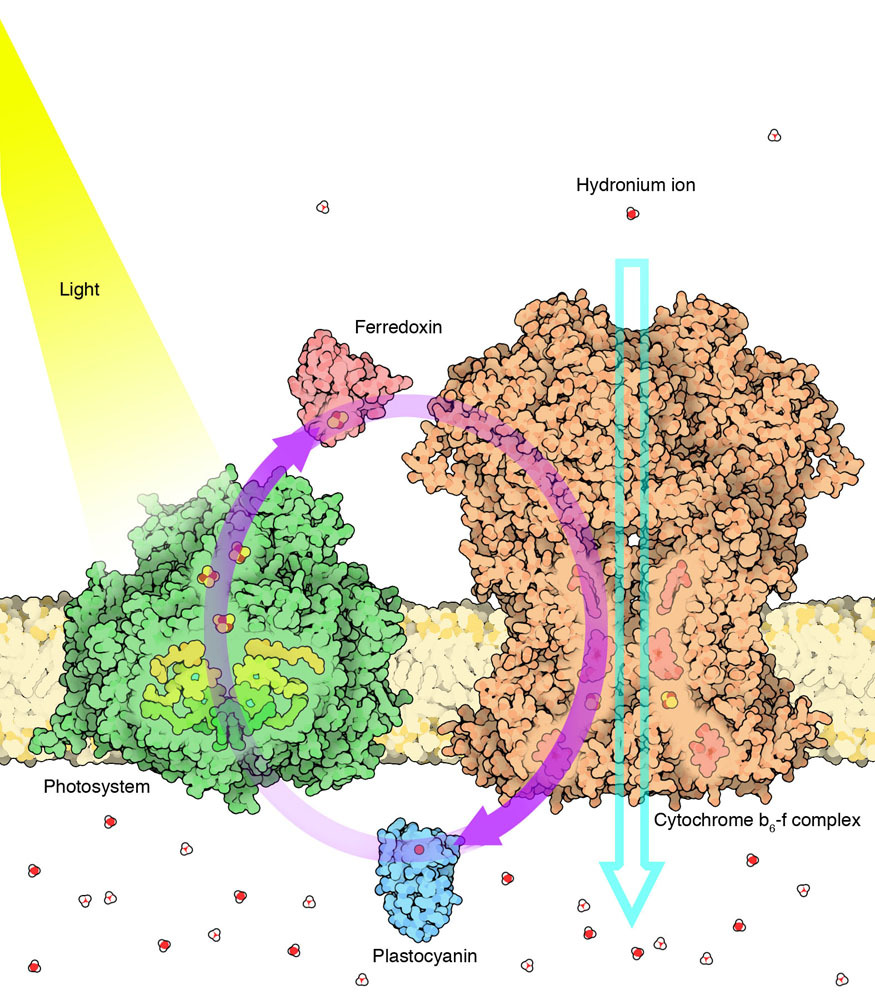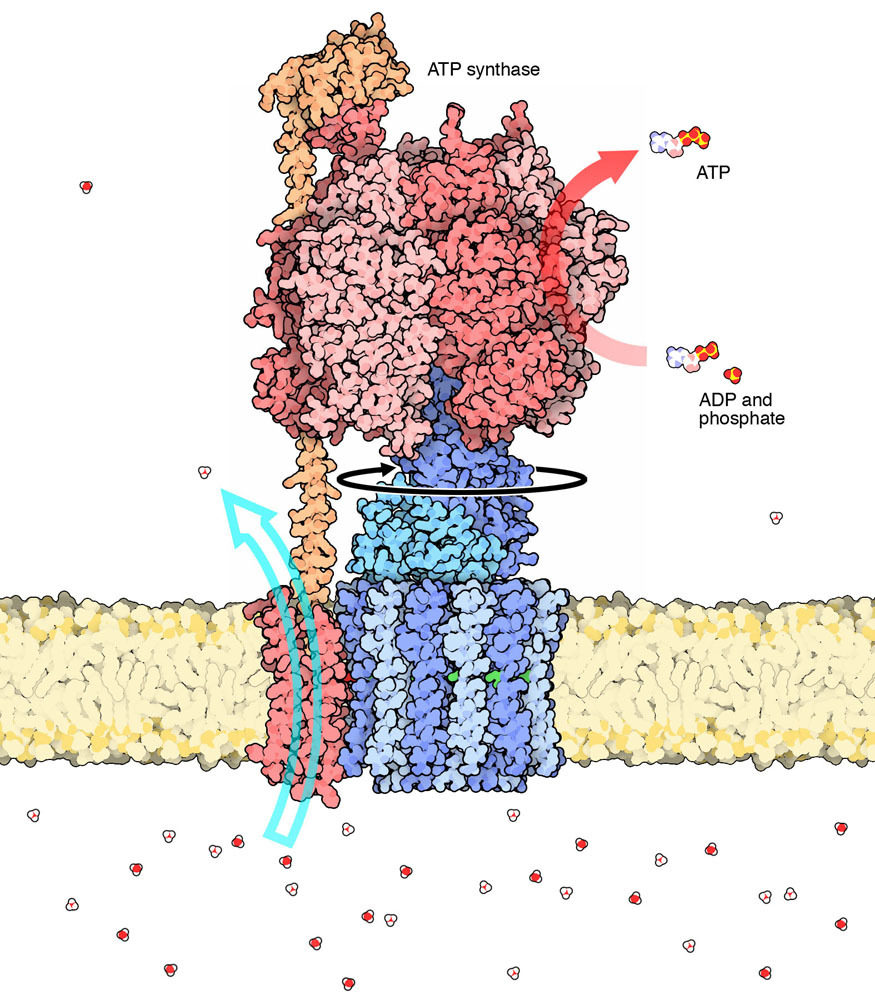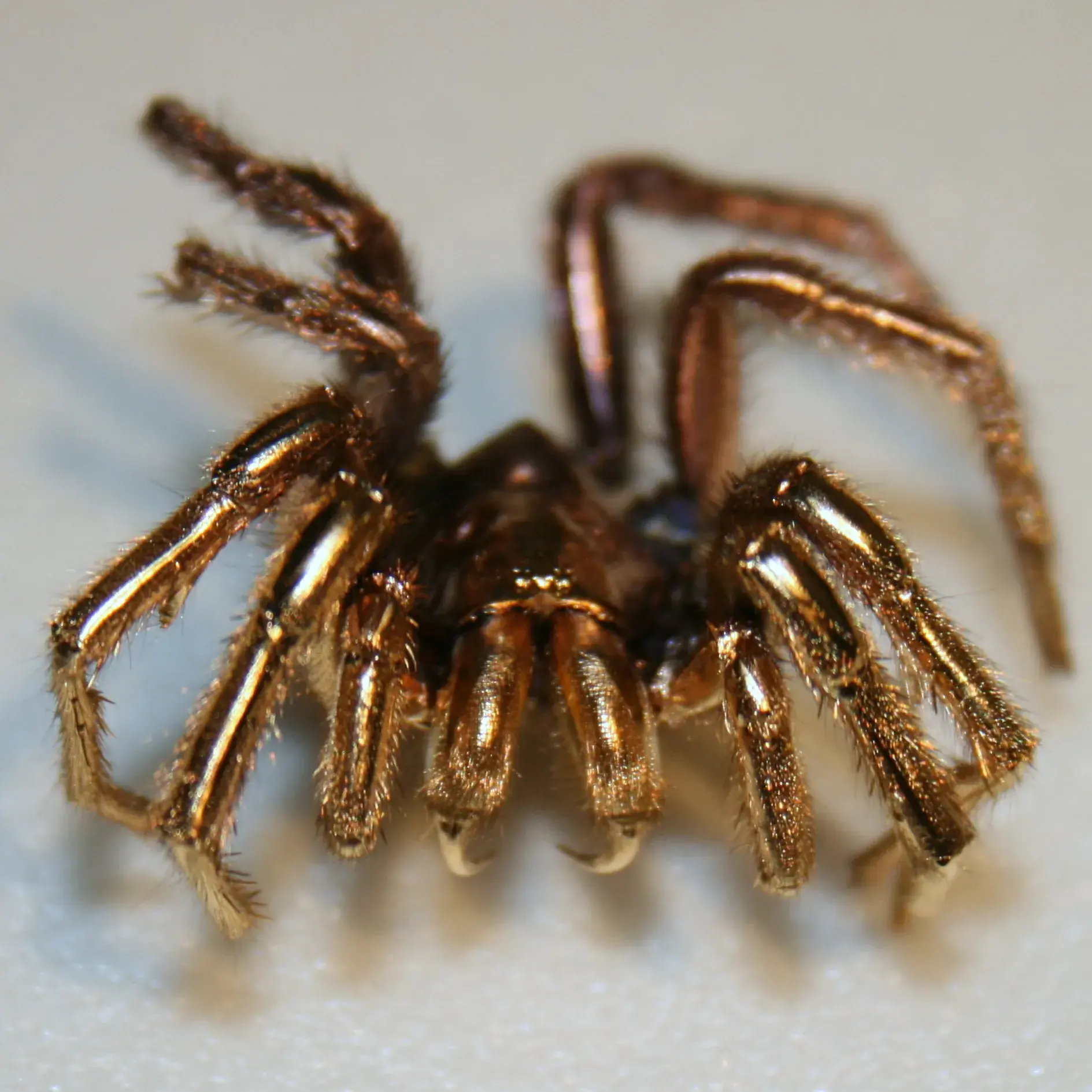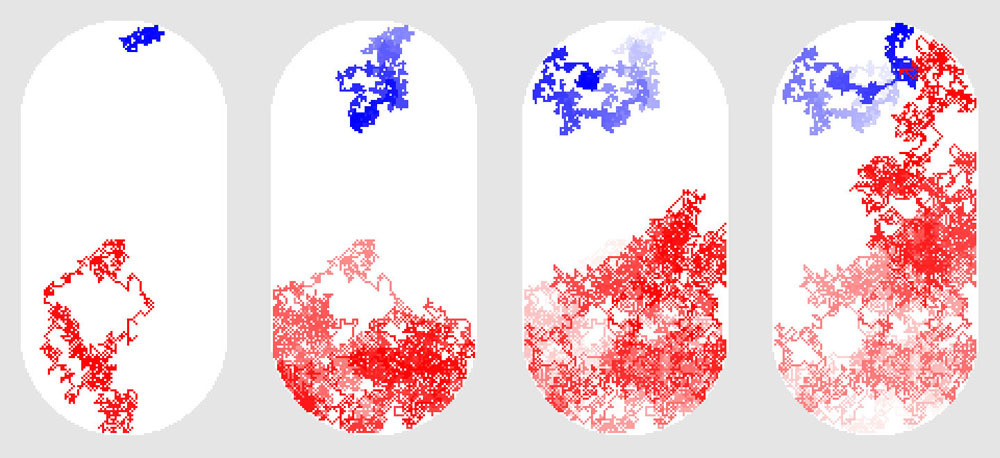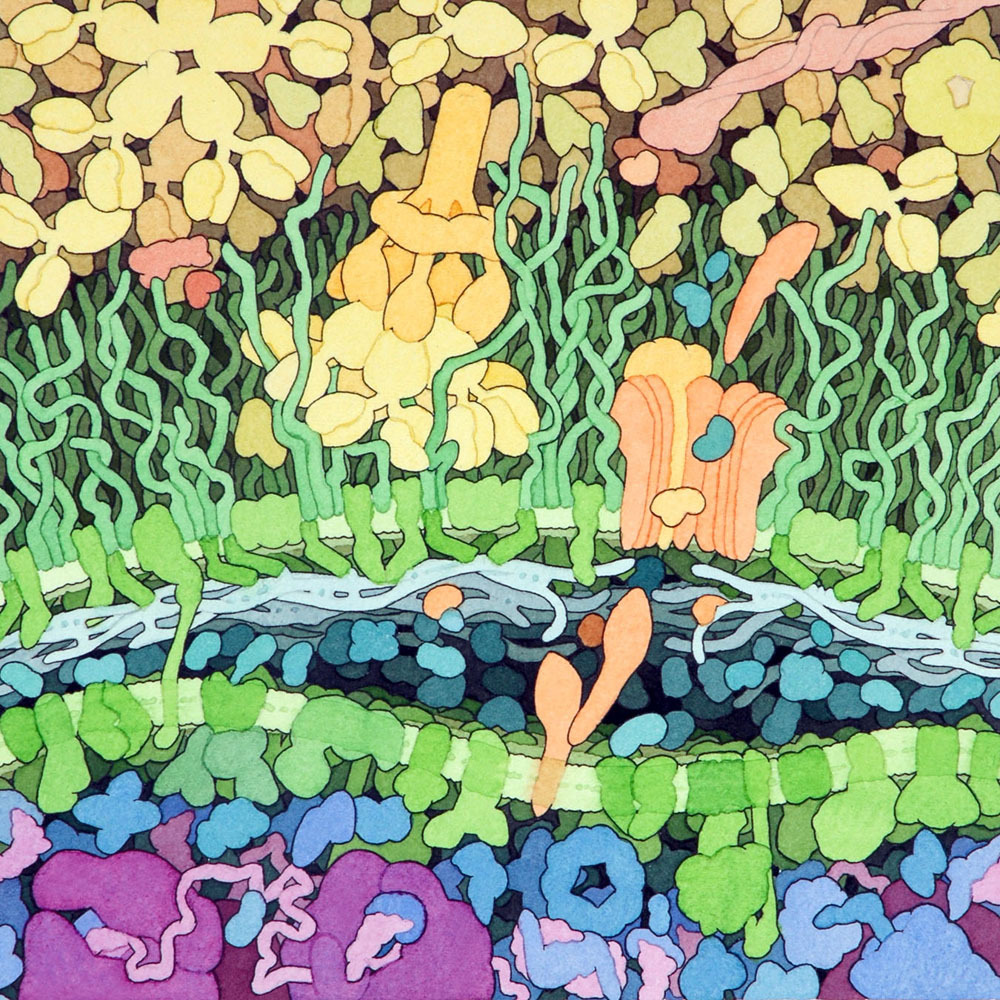spoiler
A pig in Oregon has tested positive for the H5N1 bird flu virus, the Agriculture Department said Wednesday. It's the first time the virus has been detected in swine in the United States.
Test results are pending for two other pigs found on the farm in Crook County, Oregon, the USDA said, while two others tested negative.
The pig that tested positive didn't show signs of illness.
The five pigs were tested for H5N1 out of an abundance of caution, officials said, and "because of the presence of H5N1 in other animals on the premises."
The case is concerning as pigs can become infected with both bird and human viruses at the same time, which can give rise to mutated strains that can more easily infect humans.
Officials said there are no concerns about the safety of the nation's pork supply.
The farm is noncommercial, the USDA said, and the animals weren’t intended for the commercial food supply. Additionally, the farm has been quarantined to prevent the spread of the virus. Sheep, goats and other animals on the farm are under surveillance, officials said.
The update comes as the H5N1 virus continues to spread rapidly among dairy cows across the country.
The bird flu outbreak in dairy cows has infected 387 herds across 14 states so far, according to the Centers for Disease Control and Prevention.
Since March, there have been a total of 36 human cases, the majority of whom had direct contact with farm animals, such as dairy cows and poultry. Most cases have been reported in California and Colorado.
All of the patients who had tested positive have recovered. Most had redness and discharge from the eyes, and some had mild respiratory symptoms.
There is no indication yet that this strain of flu virus is mutating in ways that would allow it to spread easily among people. Last week, the CDC released results of a monthslong investigation that found no evidence of bird flu spreading from human to human.
It's unclear how the pig in Oregon was exposed to bird flu, although earlier this month state officials detected the virus in poultry on the farm.
Officials said livestock and poultry on the farm shared water sources, housing and equipment. In other states, officials said, the combination has enabled transmission between species.
The pig that tested positive was euthanized so investigators can do additional testing to determine whether it was truly infected with the virus, or perhaps whether it had simply sniffed up some particles that contained H5N1.
“This could be environmental contamination in the nose,” said Michael Osterholm, an infectious disease expert and director of the Center for Infectious Disease Research and Policy at the University of Minnesota. “I commend them for doing the necropsy. It’s really important to understand — is there evidence of real infection?”

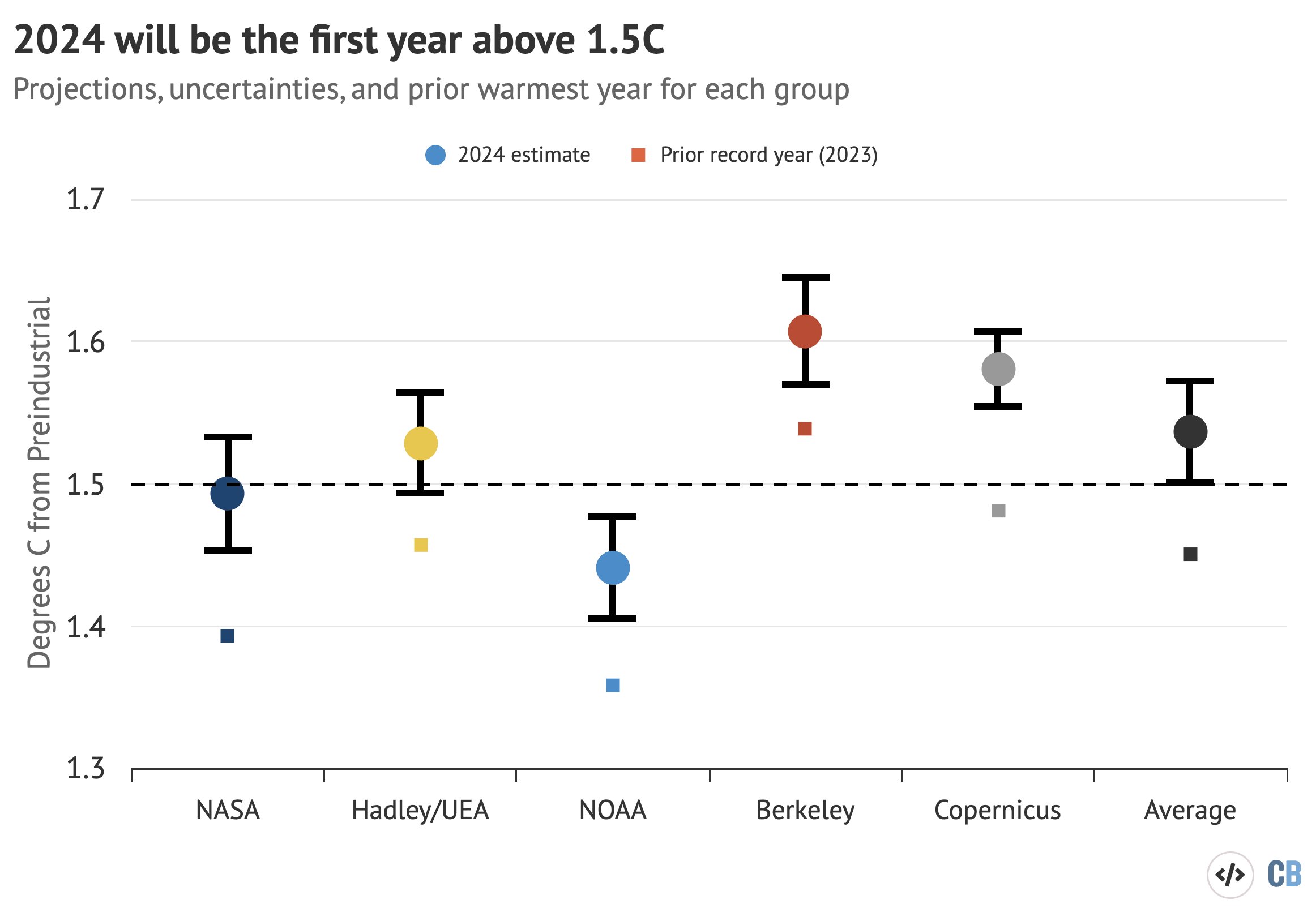
 Magestic, radiant, moisturized. Definitely not dumpy!
Magestic, radiant, moisturized. Definitely not dumpy!
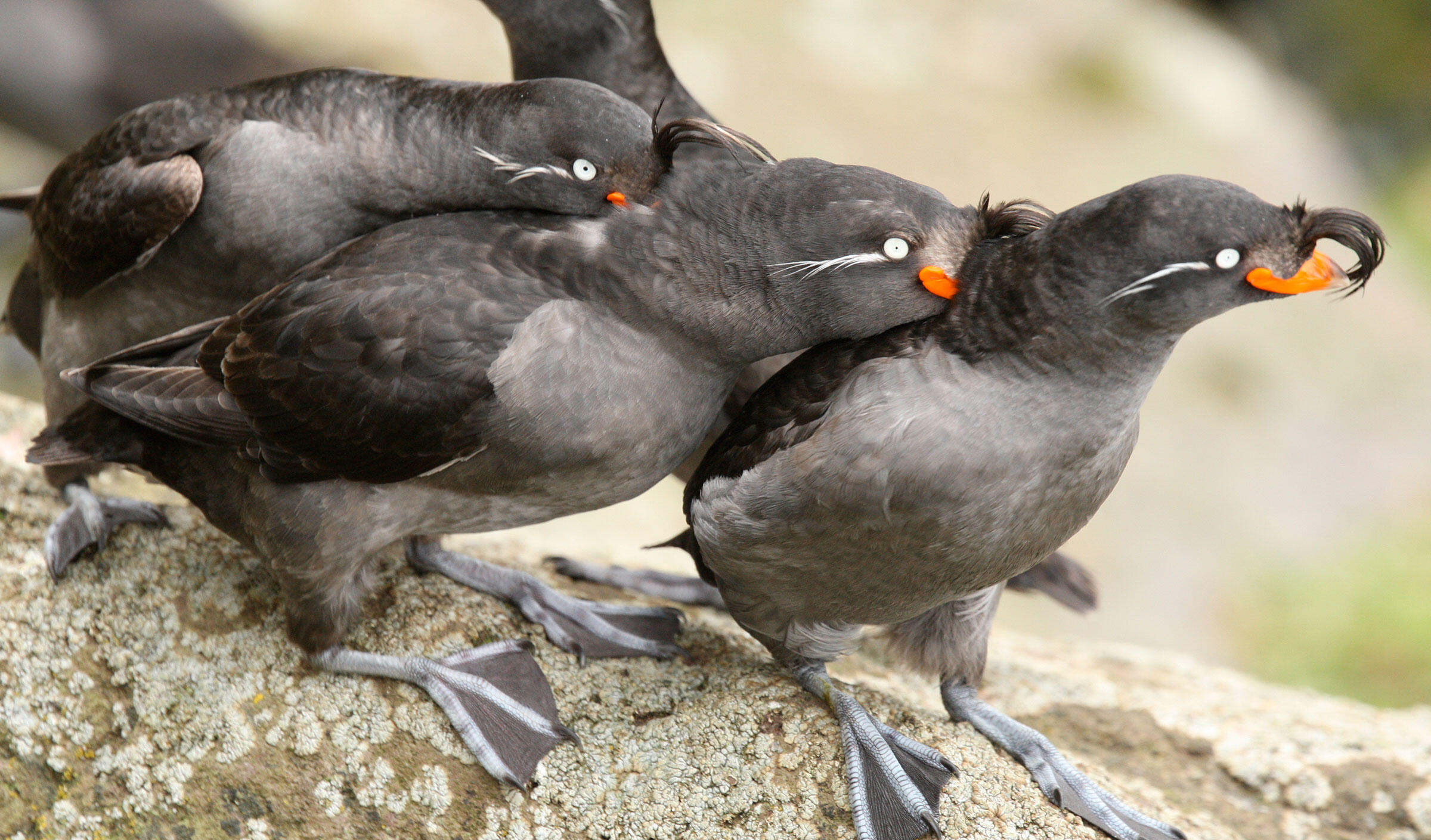


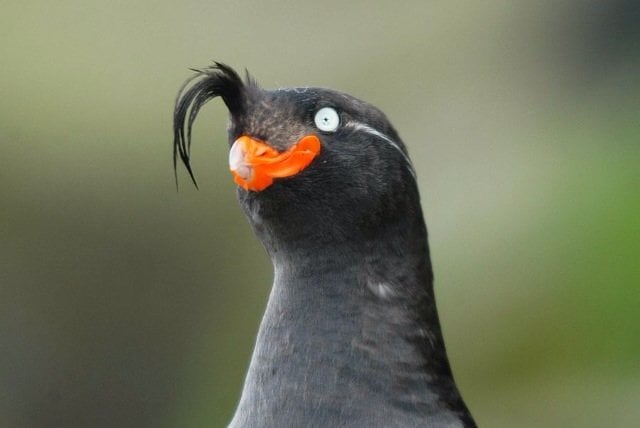
 I know, but the size of the effect is really staggering.
I know, but the size of the effect is really staggering.